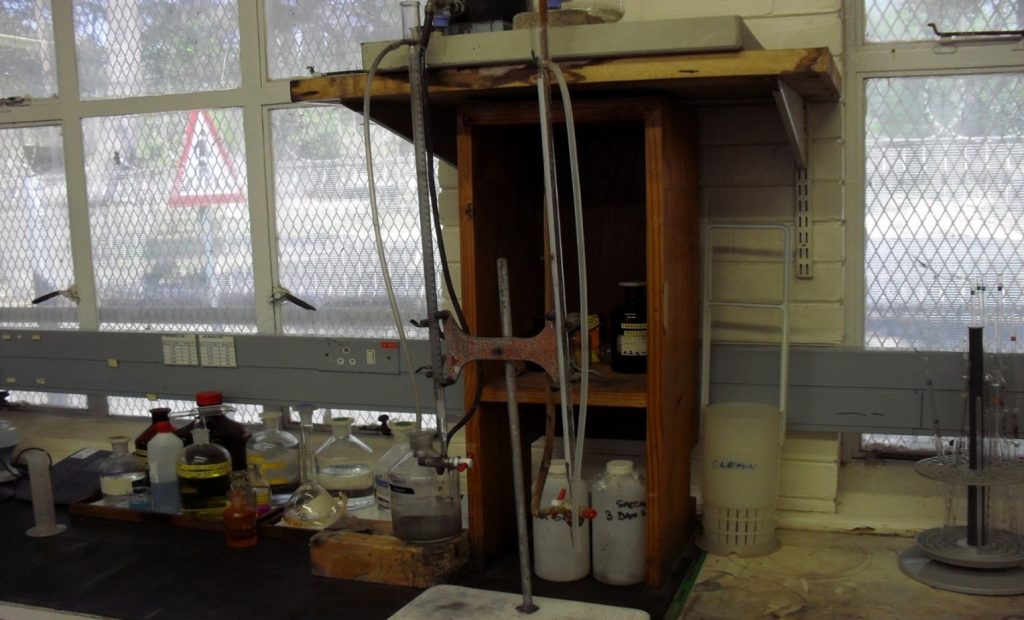Perform a basic titration
Titrimetry is one of the simplest ways to get analytical results or do process and plant control. There are various types of titrations, e.g. acid-base, oxidation-reduction, precipitation and complexiometric.
A standard solution of known concentration (titrant) is used and added drop wise to the unknown sample. This is done up to a point where equilibrium is reached. The volumes are then used in conjunction with the standard’s known concentration to calculate the concentration of the unknown.
Volumetric glassware
- This section includes the burette, pipette and volumetric flasks. These are the three main types of glassware, which can produce a reliable measure of volume, hence the name volumetric glassware.
- Volumetric equipment is usually marked by the manufacturer to indicate the calibration and the temperature at which the calibration was performed. Always use the correct grade of volumetric glassware in accordance with specified requirements.

Non-volumetric glassware:
- This would include beakers and all other glassware that may not be used for the accurate measurement of volumes (including volumetric cylinders).
- Conical flasks are useful for titrations, since solutions sometimes need to be heated.
Common errors and their effect on the
- Contamination
- Interferences
- Leakage
- Chipped glassware
- Incorrect endpoint
- Incorrect reading
- Incorrect indicator
- Air bubbles